Think back to the last time you were riding your mountain bike. Draw your focus to the type of ground or, more specifically, the different colours and textures of mud and dirt your tyres were grappling with.
Although you may have been blissfully unaware exactly what the rich tapestry of browns you were rolling atop constituted, I would confidently bet my bottom dollar that it wasn’t just a single type of muck.
And even if, as I suspect, you weren’t hyper-conscious of the intricate arrangement of mud, I also bet you would have noticed something constantly changing and transforming beneath your tyres.
Whether that's a buttock-clenching transition between grip and slip, or a leg-sapping increase in rolling resistance, or even, maybe, a splattering of gloop over your legs, bike and face, something is always happening.
Although inert when left to its own devices, once a bike, its tyres and a rider interact and pass over mud, it comes alive.
Its properties directly affect the way a ride feels; whether that’s hilariously traction-free, or so grippy you feel as though you’ve been blessed with skills usually saved for the sport’s upper echelon of riders.
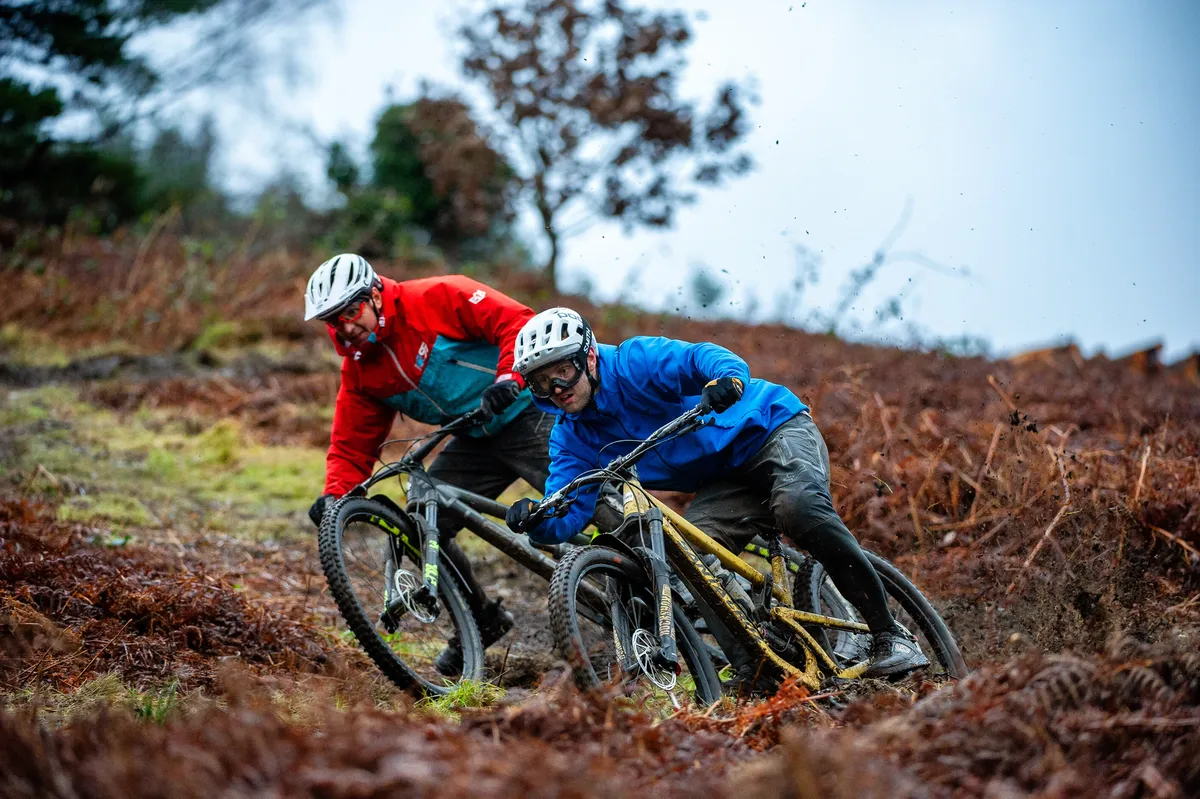
It can also push a bike and its parts to their limits. It can block up even the best mountain bike tyres, remove and contaminate chain lubrication, penetrate suspension seals and prematurely wear all manner of parts. It can test bikes, parts and accessories to their very limits.
If you live anywhere remotely wet, mud is at the very heart of mountain biking – but there’s more to it than meets the eye. Here are five types of mud that, like it or not, every rider needs to know about. What types of mud are there, and what exactly do they do to your bike and the way you ride? I shall explain.
1
Loam (aka "hero dirt")
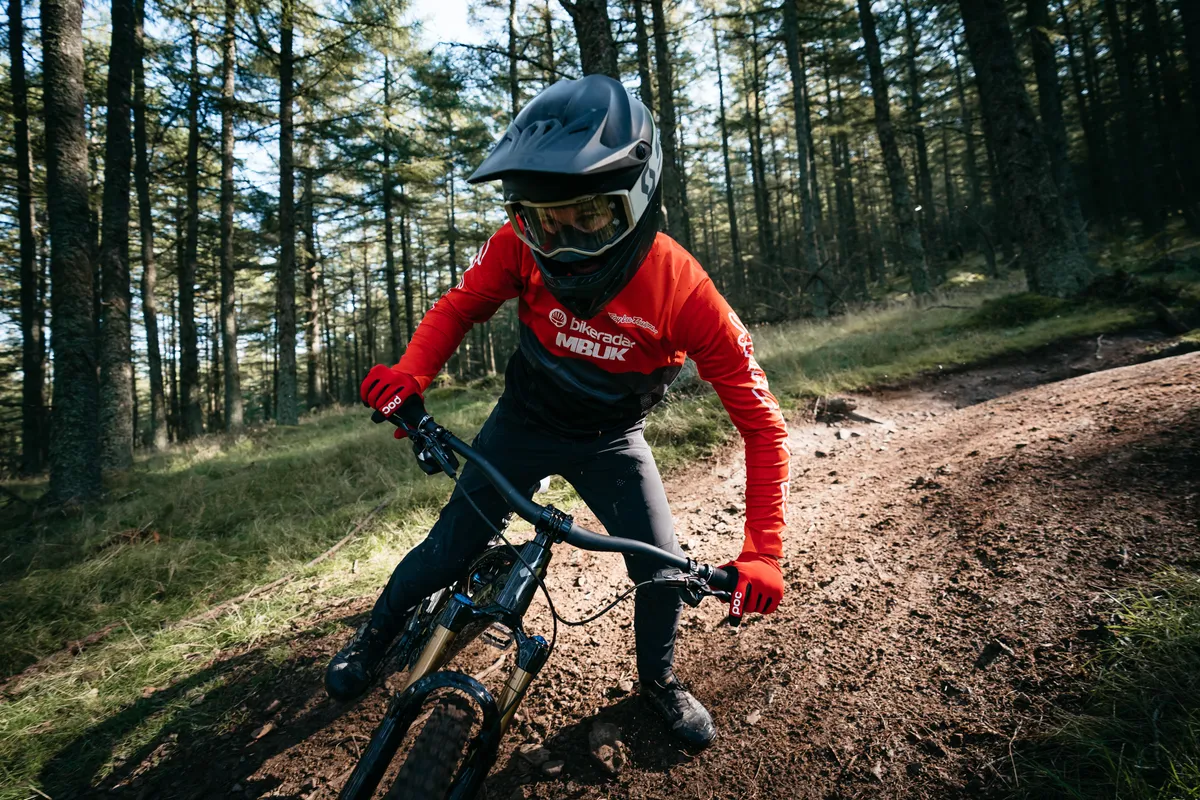
Let’s start with the sort of mud that’s universally accepted – in the mountain bike world at least – as the best type of dirt to ride on: loam (often referred to as hero dirt).
This sandy, fibrous mix provides some of the most predictable grip on the planet. The aggressively sculpted knobs of mountain bike tyres easily bite into the soft, loosely packed and slightly damp (but not claggy) dirt to offer incredible, predictable grip that’s easy to control. Hero dirt, as the name suggests, provides epic riding conditions.
The softer, slightly sticky nature of loam also means it gets picked up freely by your bike’s tyres and is sprayed around liberally as you change direction down the trail. The feeling of having soft, cold dirt spray up your lower legs is like no other.
Most natural trails in pine forest plantations – or naturally occurring pine forests – are made from the type of soil that either is loam or feels very close to it.
Enjoy it whilst it lasts, though, because the soft, delicate nature means it quickly erodes. This also makes loam one of the most coveted and precious types of trail surface, due the utmost respect.
2
Greasy hardpack
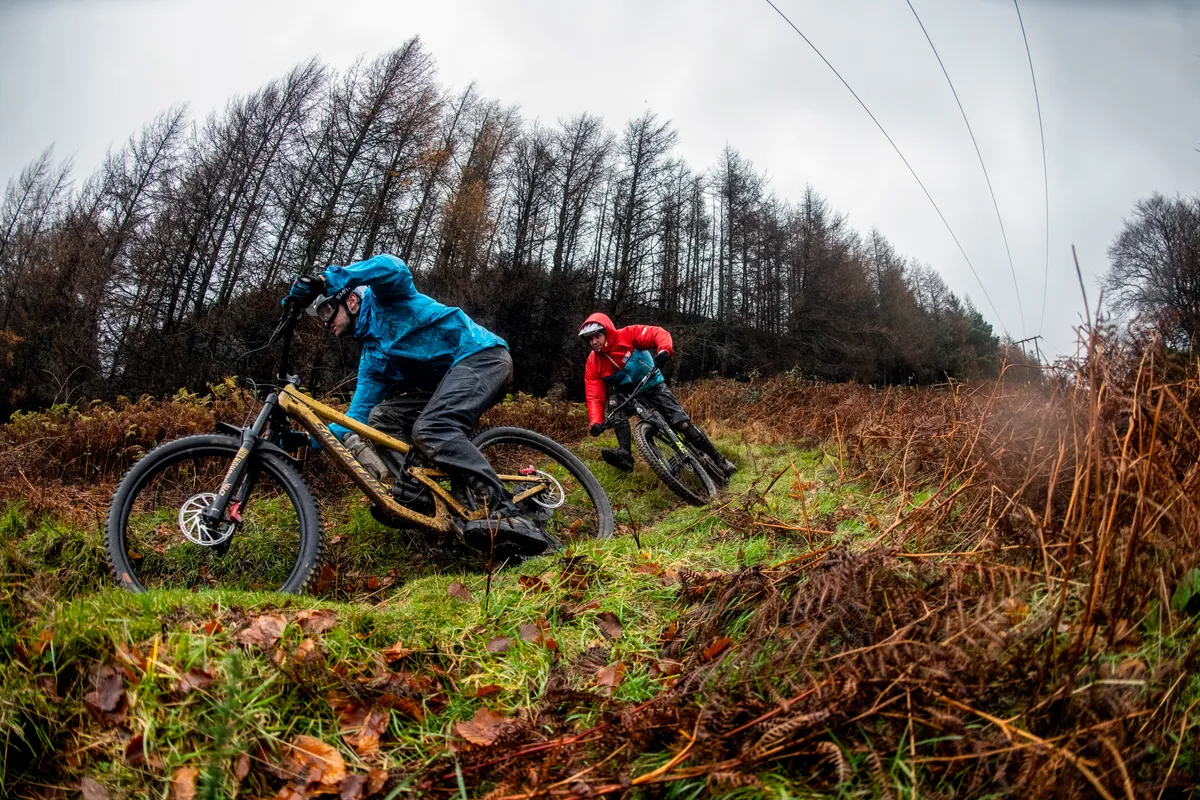
This is arguably the worst type of dirt, and one that usually presents itself after weeks of beautiful dry weather. It will, almost invariably, catch you off-guard.
The impenetrability of the baked-hard ground generally found in the summer months means that, when it does finally rain, the trails turn into ice rinks. Dirt that would usually saturate and go sloppy simply gets coated with water, turning into a hard but polished and super-slick surface.
Mud spike tyres can’t bite through, and instead skirt over the top. It’s the same story for intermediate tyres, where the only thing that can help mitigate grease is a soft compound rubber, but even that has limited effects.
The fast-rolling nature of the hard ground, combined with the slippery surface, usually spells disaster because dry-weather speeds can be easily attained, but traction is seriously depleted.
The weather isn’t the only generator of greasy conditions – chalk and soil with high clay content are also notoriously slick to ride.
To ride this type of ground well, you need to have your wits about you, and the chances of crashing – or just riding badly – are significantly higher than on loamy trails.
3
Bogging or gloopy mud
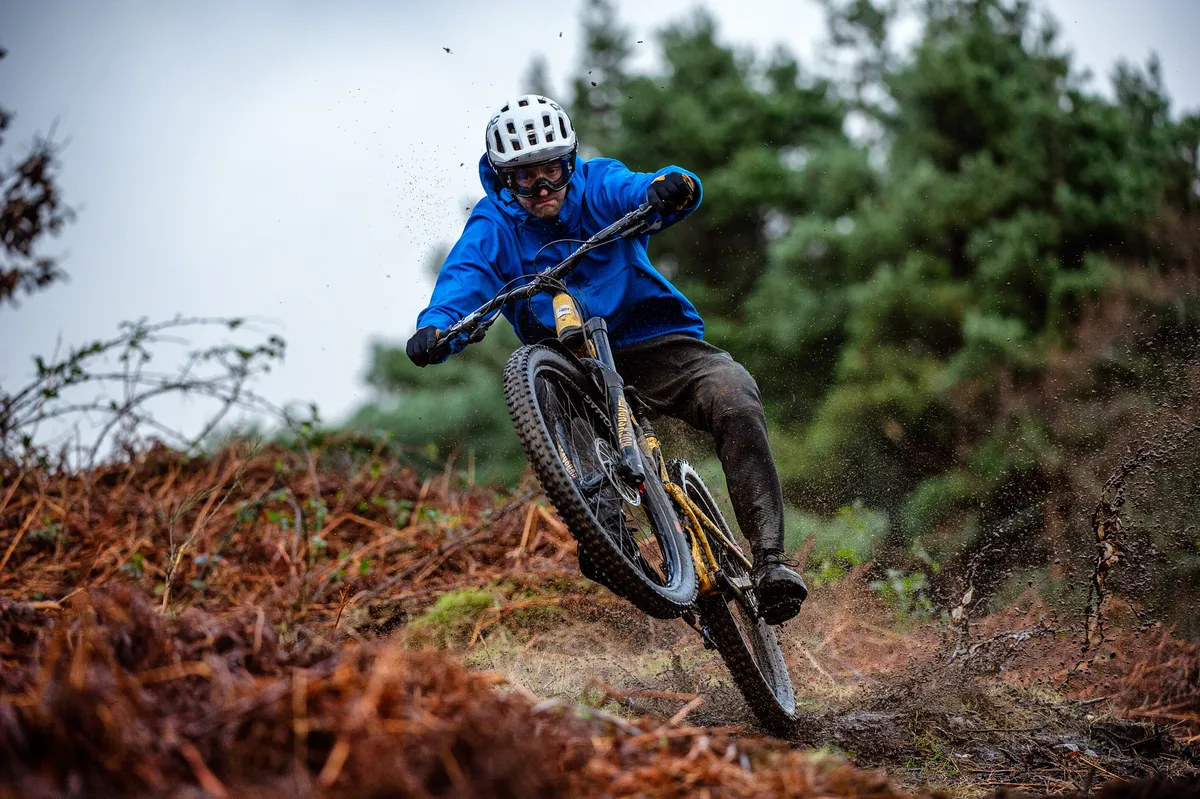
Here, we have one of the more interesting types of mud for mountain bikers. Bogging, gloopy mud can both provide inspired moments of ultra-grip and, quite frankly, be an absolute nightmare.
If you keep your speed up and the tread of your tyres clear, it can feel as though there are no bounds to the amount of grip on offer. The malleability of bog means the tyre’s tread digs into its surface, providing slot-car-style cornering abilities and plenty of braking traction with smiles all round.
And its naturally sticky nature means speeds are easier to modulate because the increase in friction provides some natural drag.
However, go too slow and this gloop fills your tyres almost instantly, dramatically reducing grip.
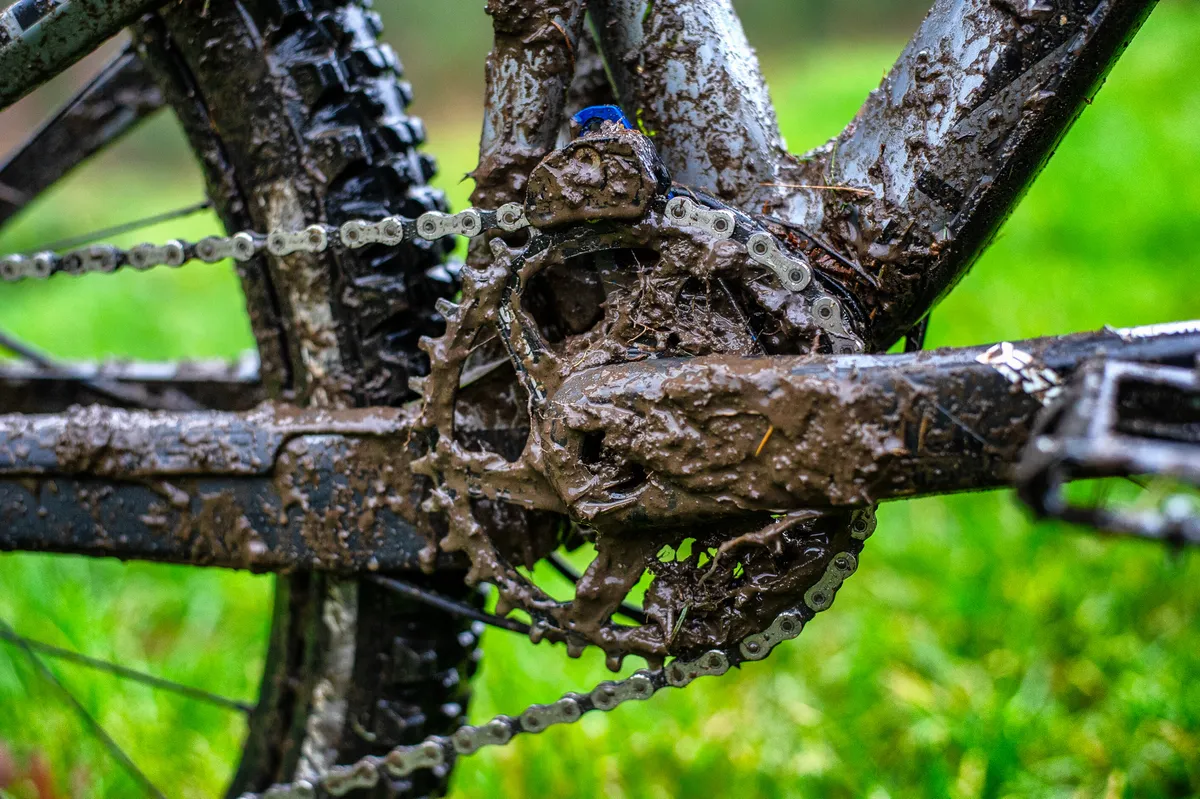
The mud can also get stuck to your bike and its components, increasing its weight and reducing drivetrain performance, resulting in the kind of shifting that’s best not written about. Saddles and grips also become seriously slippery when coated.
Trying to ride this stuff can be a roll-of-the-dice affair rather than cool, calm and collected. Ultimately, it’s best to tackle this type of mud with absolute gusto and infallible confidence. Your chances of enjoyment will be exponentially increased.
4
Shale-rich and gritty mud
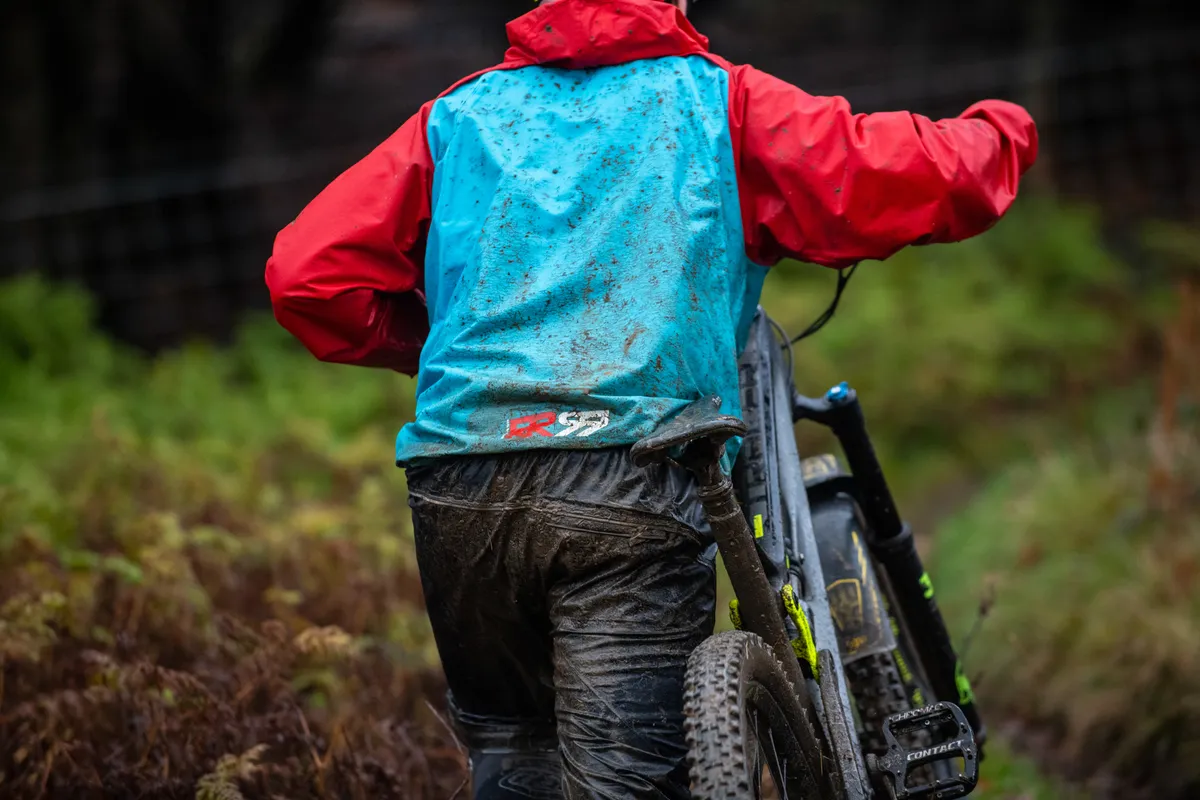
The rock content in this type of dirt gives it a supremely grippy quality, where, as long as it hasn’t been compacted beyond recognition, tyres can bite freely into its surface.
The traction on offer is marvellously predictable, too, where measured slides can usually be initiated at will, and slowing down is infrequently a problem, regardless of whether it’s dry, damp or even seriously wet.
One of the main downsides (and the thing that creates its grip) of this sort of mud is how clingy and claggy it can be when it’s damp.
It seems capable of infiltrating the tiniest gaps in your bike’s frame, drivetrain and any other component, and can be a nightmare to clean off. If left unattended, it will reduce the lifespan of your bike’s parts, with the grit-like paste wearing through chainrings and cassettes quicker than Jolanda Neff on her way to gold at the 2020 Tokyo Olympics.
Damage limitation is the key here. I recommend tackling the post-ride clean-up immediately after the ride while there is still some moisture in the dirt that’s now clinging to your frame. If it dries on, it turns almost cement-like.
Dealing with hours of washing bikes and kit is worth it, because the grip on offer is guaranteed to make you smile.
5
Wet-as-a-river super slop
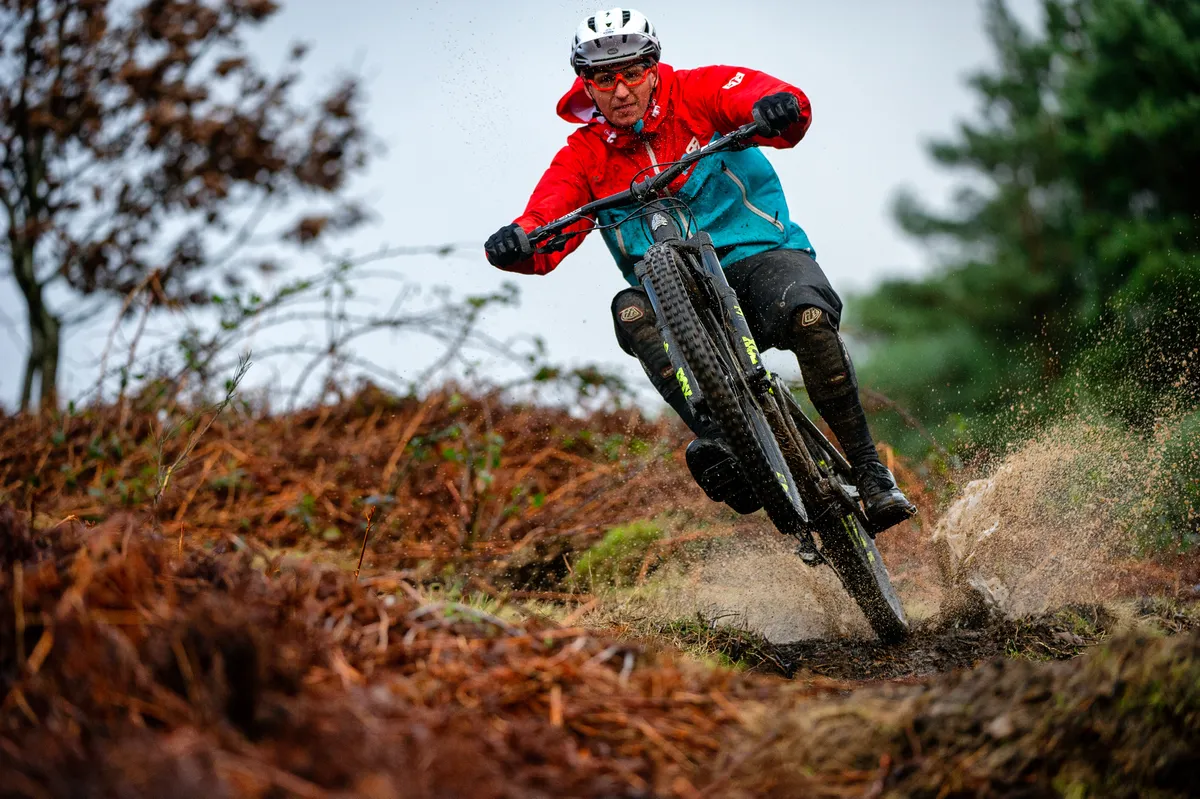
Frequently touted as offering more grip than when the trails are dry, the super-liquifying nature of heavy, prolonged downpours does something unusual to virtually all types of mud.
If trail conditions and mud types were on a horseshoe theory diagram, both the lower-most points would indicate extreme grip in the wet and dry. Wet-as-a-river super slop sits at the very end of one of these points.
These conditions require dry-weather tyres, where the over-saturation of the dirt essentially ‘cleans’ the trails of any slippery matter, rendering spiked tyres pointless.
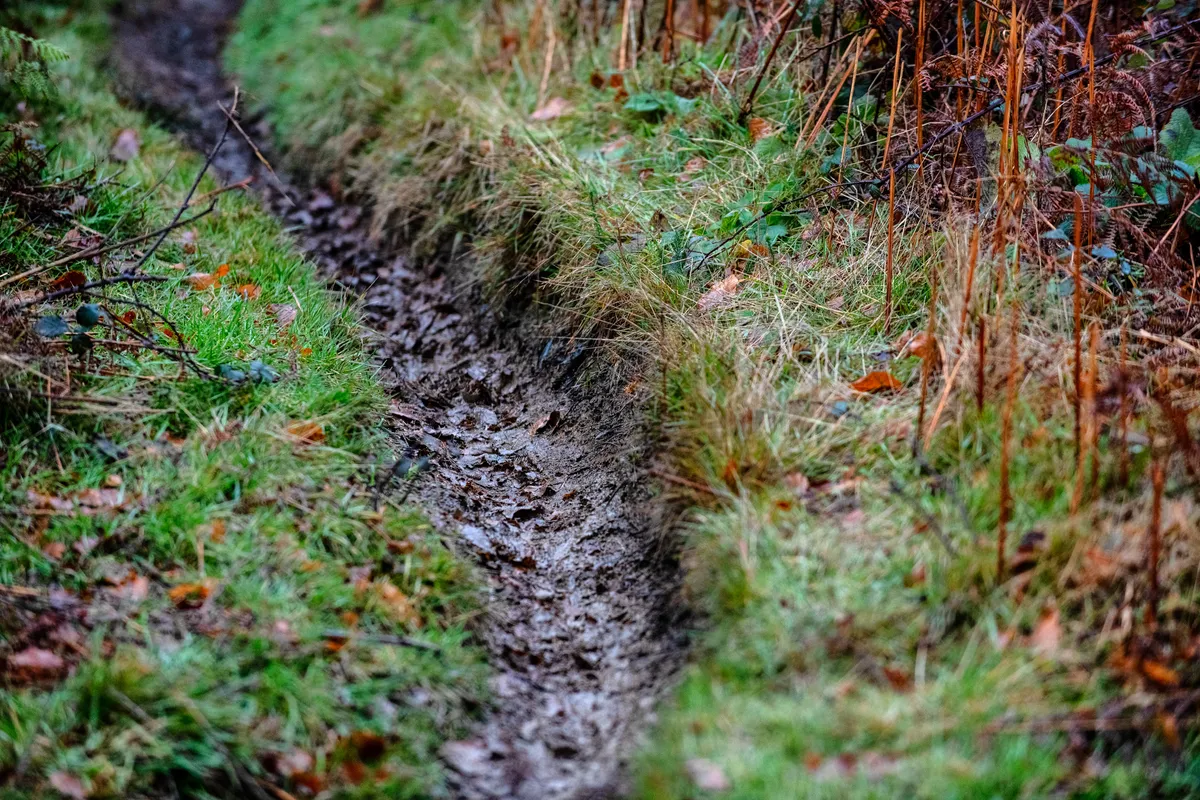
Any remaining mud is so diluted and constituent-less that it does nothing to hinder progress, because it’s unable to stick to the tyres, your bike, or the trail.
It takes a while to get used to super slop and have the confidence to push on, but once you do it’s a great feeling.
But riding in the dry is best...
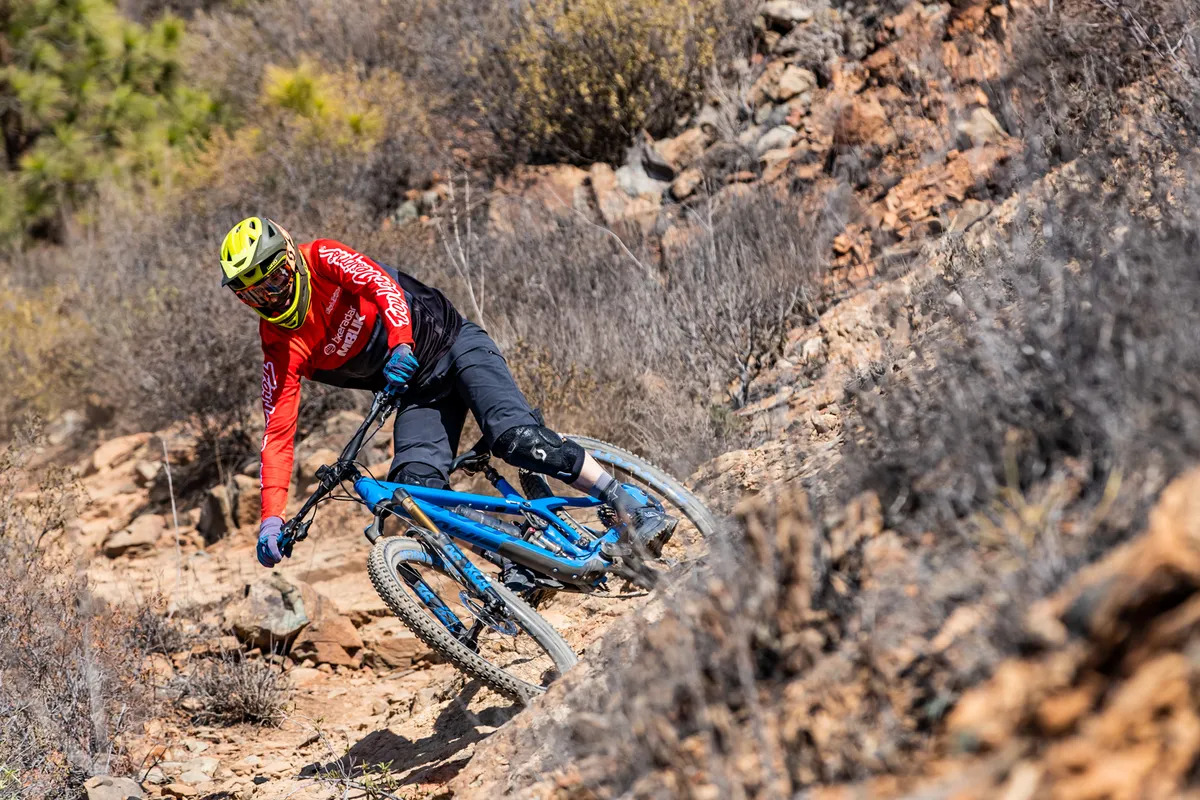
Although it’s nigh-on impossible to avoid the different types of mud (especially if you live in a place with a temperate climate), we mountain bikers will encounter – with any combination of the above capable of presenting themselves on a ride – there’s no denying just how much better riding in the dry is.
Grip is predictable, every one of your bike’s moving parts and paint won’t get ground down by mud, and there’s little to do in the way of cleaning.
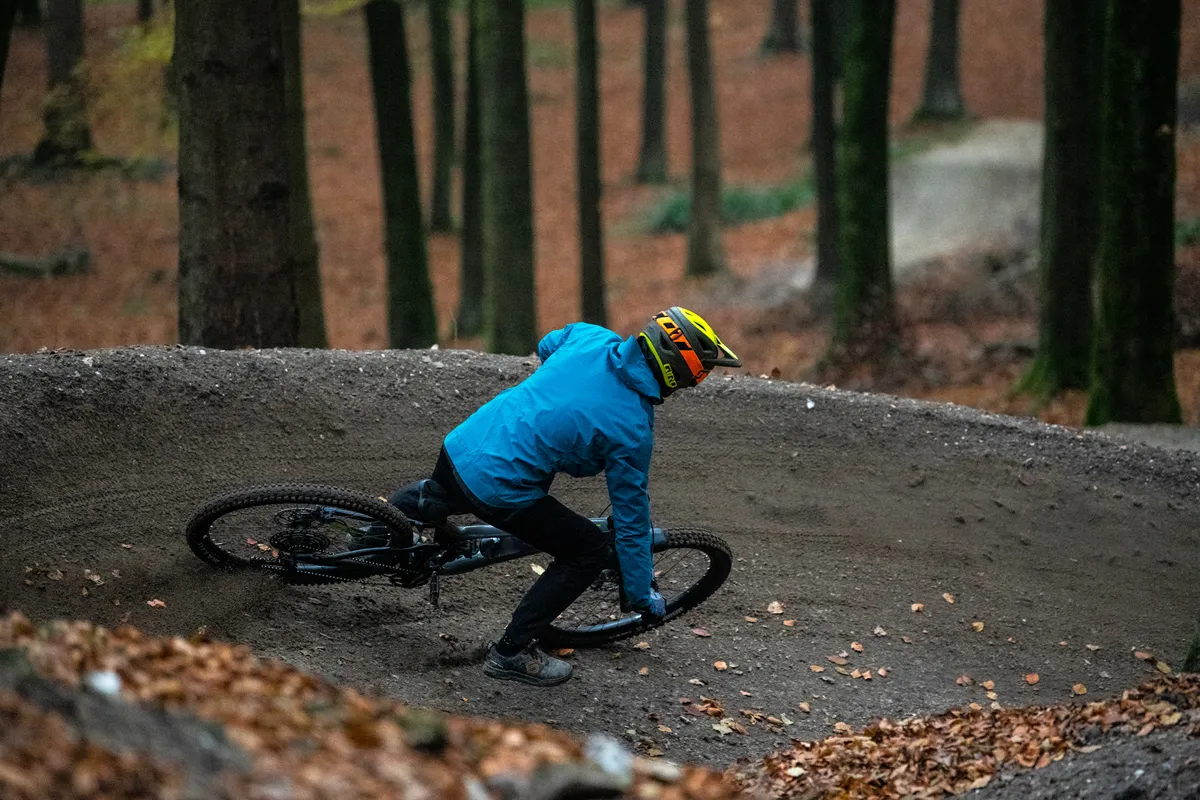
Yes, riding in the mud is fun, but only if it’s not your bike you’re ruining – and someone else deals with the clean-up operation.
What are your favourite types of mud? Have I missed out a crucial type of dirt that you just love to ride? Please let me know in the comments.
